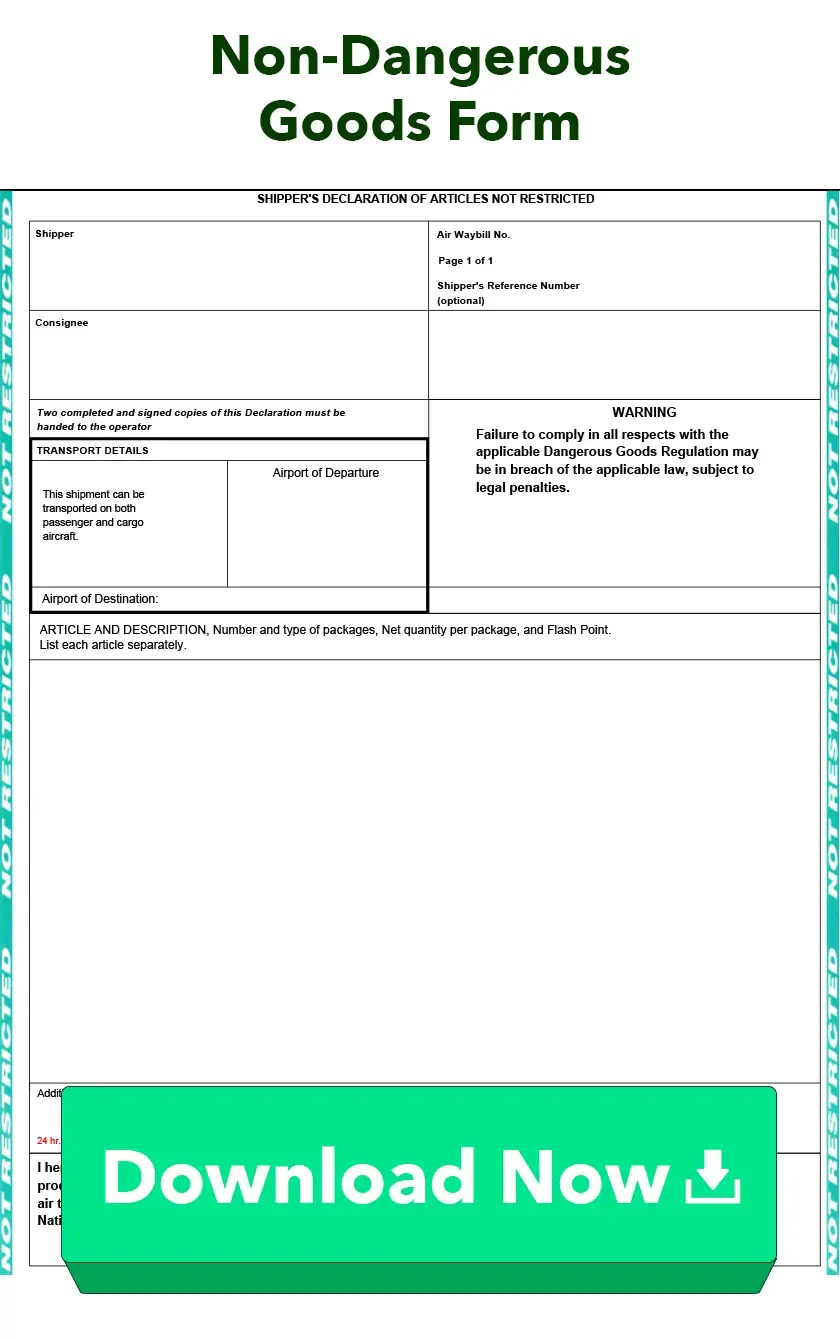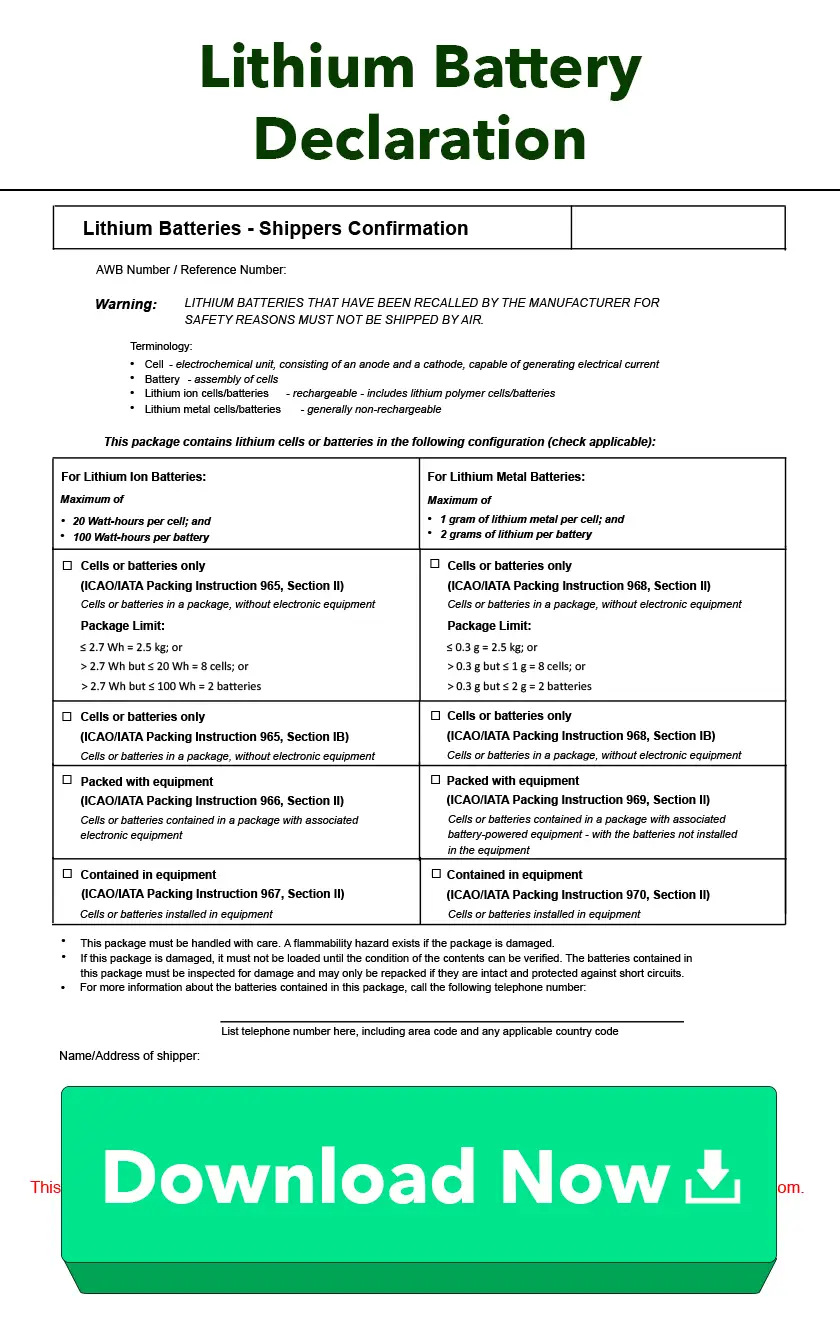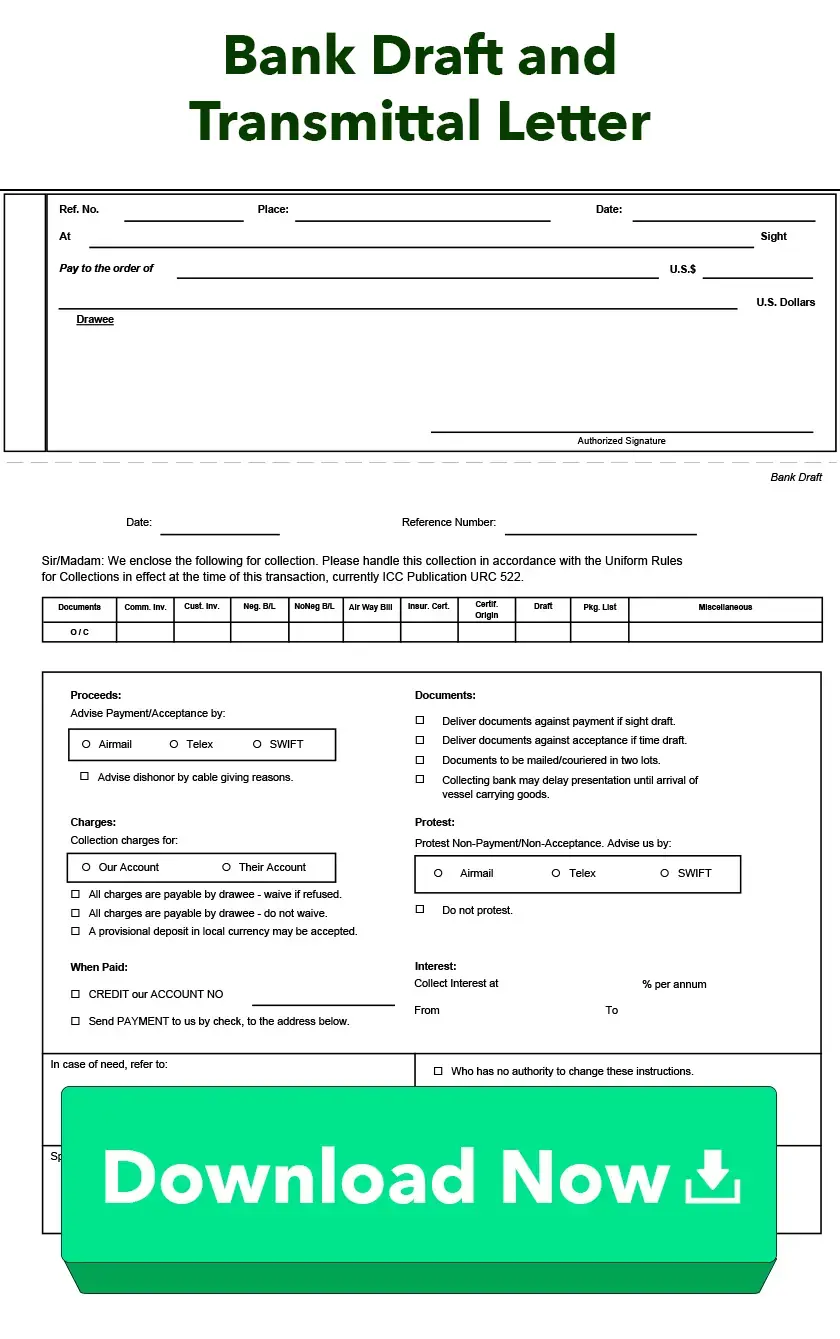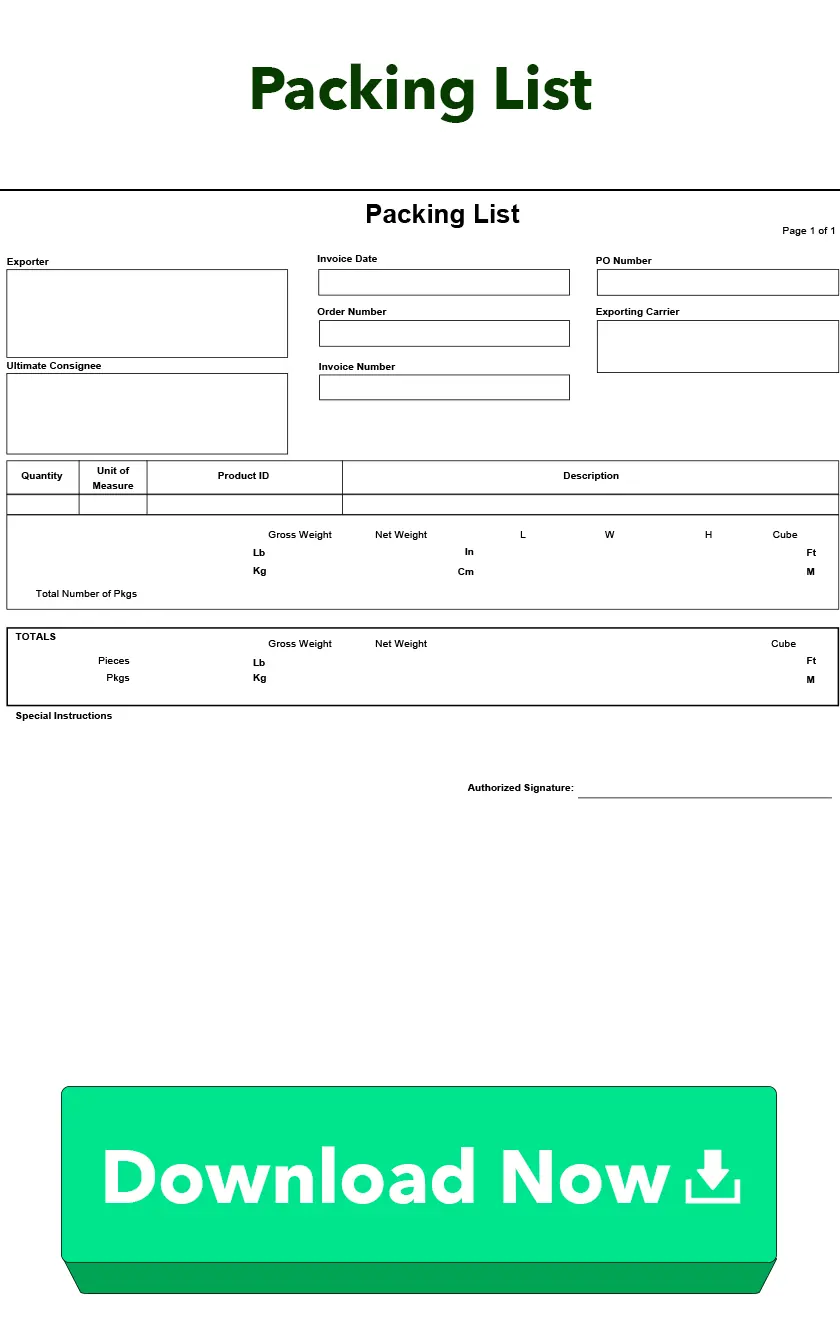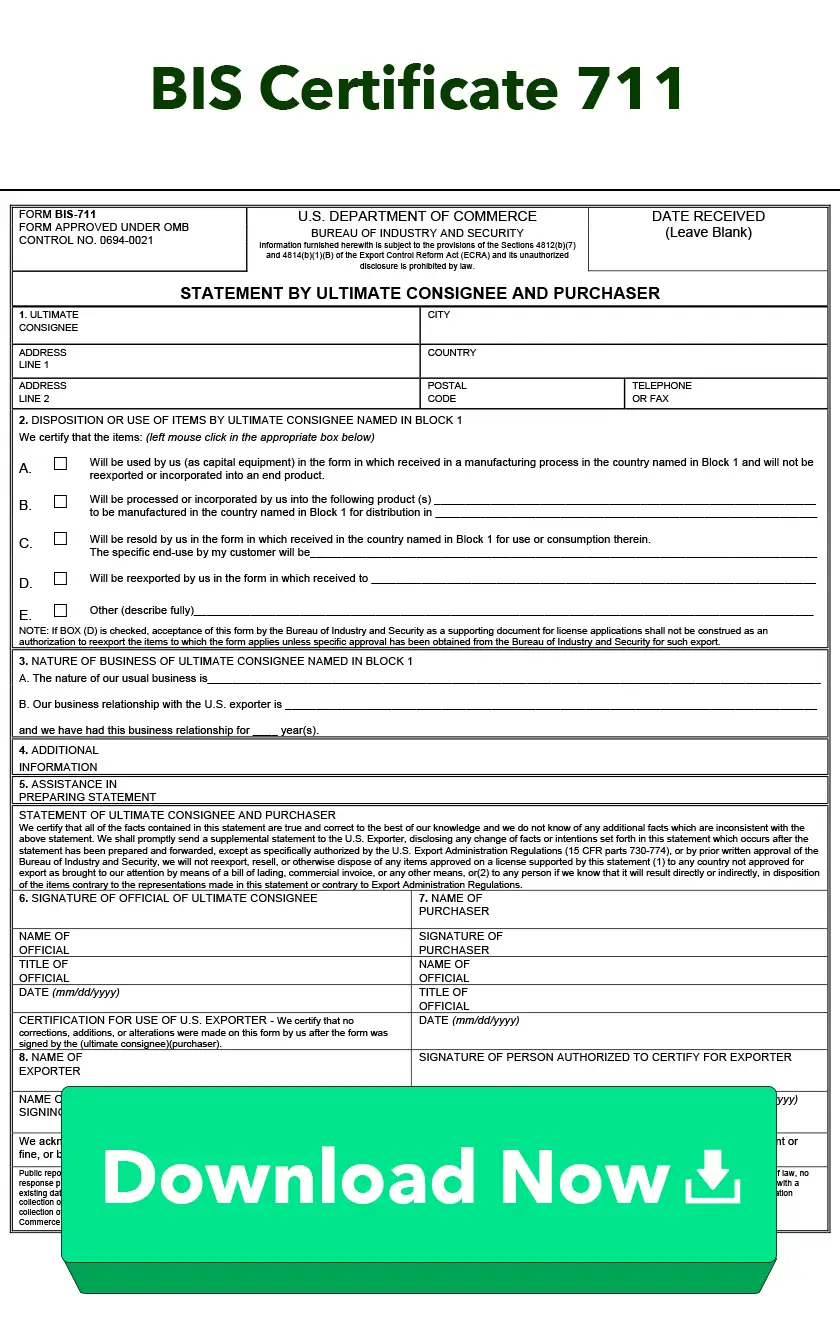Free Download:
Dangerous Goods IATA with Columns
Download and print this PDF of the Shipper's Declaration for Dangerous Goods (often referred to as the IATA Dangerous Goods form) for your shipments of dangerous goods by air.
What is a Dangerous Goods IATA?
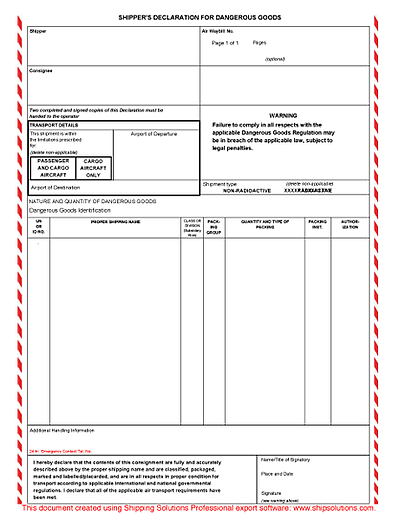
The International Air Transport Association, which makes up the majority of the world’s airlines, uses the International Civil Aviation Organization's (ICAO) Technical Instructions for the Safe Transport of Dangerous Goods by Air as the basis for their dangerous goods regulations (IATA-DGR). Dangerous goods are defined as "articles or substances which are capable of posing a risk to health, safety, property or the environment."
Some airlines have specific operational variations. These variations identify unique requirements specific to that particular airline and are always more restrictive than the DGR. FedEx, for example, has very specific documentation requirements, and shippers should be aware of these variations.
Air waybill(s) accompanying dangerous goods consignment(s) for which a dangerous goods declaration is required must include the following statements, as applicable, in the Handling Information box: “Dangerous goods as per attached Shipper’s Declaration,” and possibly “Cargo Aircraft Only” if applicable.
The Shipper’s DG Declaration has very specific requirements and can be quite complex. Only people who have been trained in handling and packaging dangerous goods should complete this document.
How to Complete the Shipper's Declaration for Dangerous Goods
Create Accurate Export Forms
Reduce the time it takes to complete the Shipper's Declaration for Dangerous Goods (IATA) form by up to 80%. Shipping Solutions export documentation software makes it easy to create more than two dozen standard export forms. Register now for a free demo. There's absolutely no obligation.
IATA Dangerous Goods Form FAQs
-
What are IATA dangerous goods?
IATA dangerous goods refer to substances or articles that have the potential to pose a risk to health, safety, property or the environment when transported by air. These goods are regulated by the International Air Transport Association (IATA) to ensure their safe handling and transportation.
-
What are the nine classes of dangerous goods?
Class 1: Explosives
Class 2: Gases
Class 3: Flammable liquids
Class 4: Flammable solids, spontaneous combustibles, and “dangerous when wet” materials
Class 5: Oxidizers
Class 6: Toxic or infectious substances
Class 7: Radioactive materials
Class 8: Corrosives
Class 9: Miscellaneous
-
What is the difference between hazardous and dangerous goods?
The term hazardous materials is primarily used in the United States and refers to substances or materials that pose an unreasonable risk to health, safety and property when transported in commerce. Dangerous goods is an international term used for articles or substances capable of posing a risk to health, safety, property or the environment during transportation by air or vessel. While there are similarities between the two, the definitions and regulations associated with hazardous materials and dangerous goods can vary depending on the jurisdiction and mode of transportation.
Download Now
Today is your lucky day. Shipping Solutions® makes completing export forms simple, accurate and five-times faster than the tedious way you’re doing it now.
Get it done easily.
Eliminate the hassle of manually completing your export forms. Our EZ Start Screen helps you automatically complete more than a dozen export forms.
Get it done fast.
With Shipping Solutions automation, you can complete your export documents up to five-times faster than your traditional manual process.
Get it done right.
Instead of entering the same information over and over again, you enter information in only one place. That makes you less likely to make costly mistakes.
Export Form Templates
Popular
Our most frequently requested export forms.
U.S. Certificates of Origin
Learn More About U.S. Certificates of OriginThese forms certify the origin of the goods, which may determine the amount of duty to be paid.
Bills of Lading
Learn More About Bills of LadingA bill of lading is a contract of carriage, a receipt from the carrier, and may be a document of title.
Shipper's Letter of Instruction (SLI)
Learn More About Shipper's Letter of Instruction (SLI)The Shipper's Letter of Instruction (SLI) conveys instructions from the exporter to the carrier or forwarder.
Invoices
Learn More About InvoicesInvoices are one of the most important export documents describing everything included in the shipment and its cost.
Dangerous Goods Forms
Learn More About Dangerous Goods FormsDangerous Goods (DG) forms are required for transporting dangerous or hazardous items.
Other
Additional forms required for exporting.

-23_101024.webp)
-26_101024.webp)
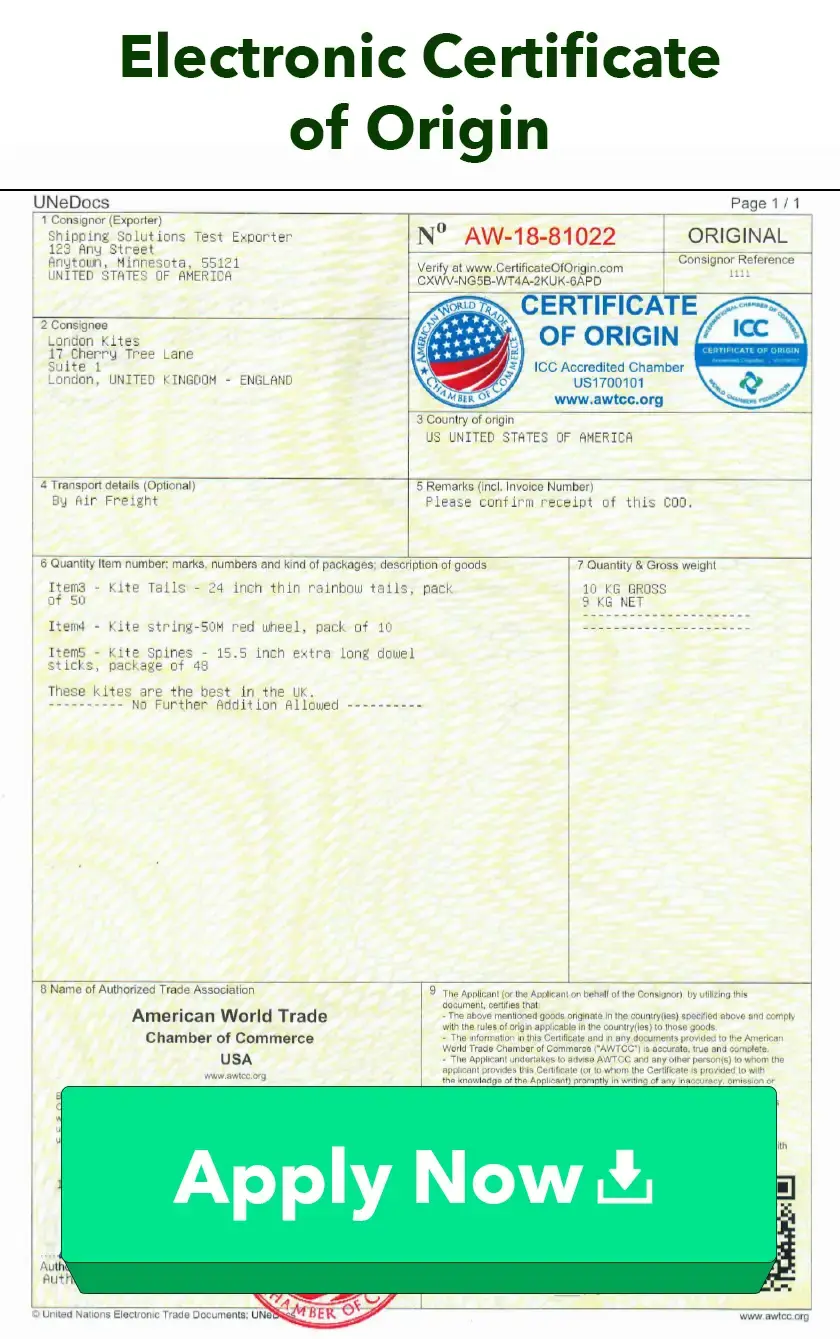
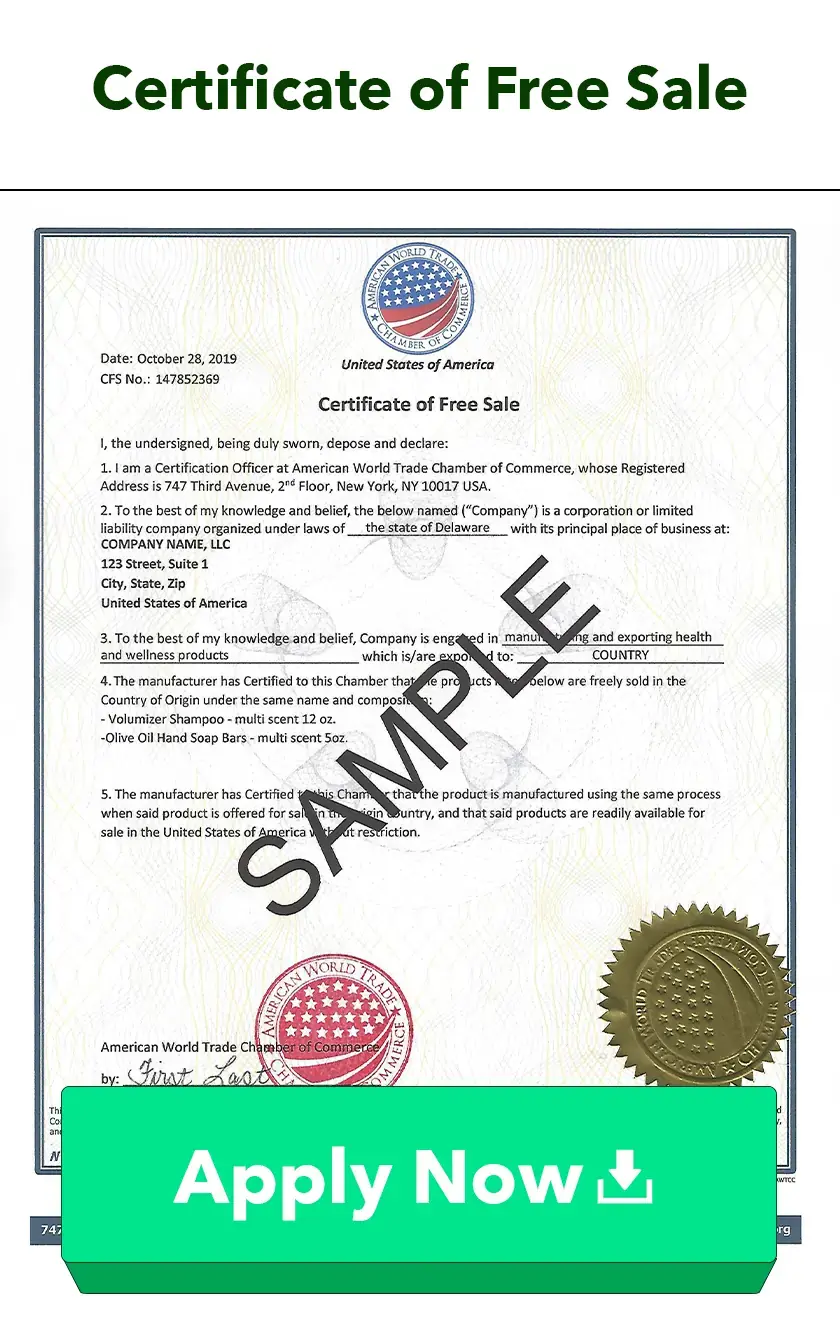
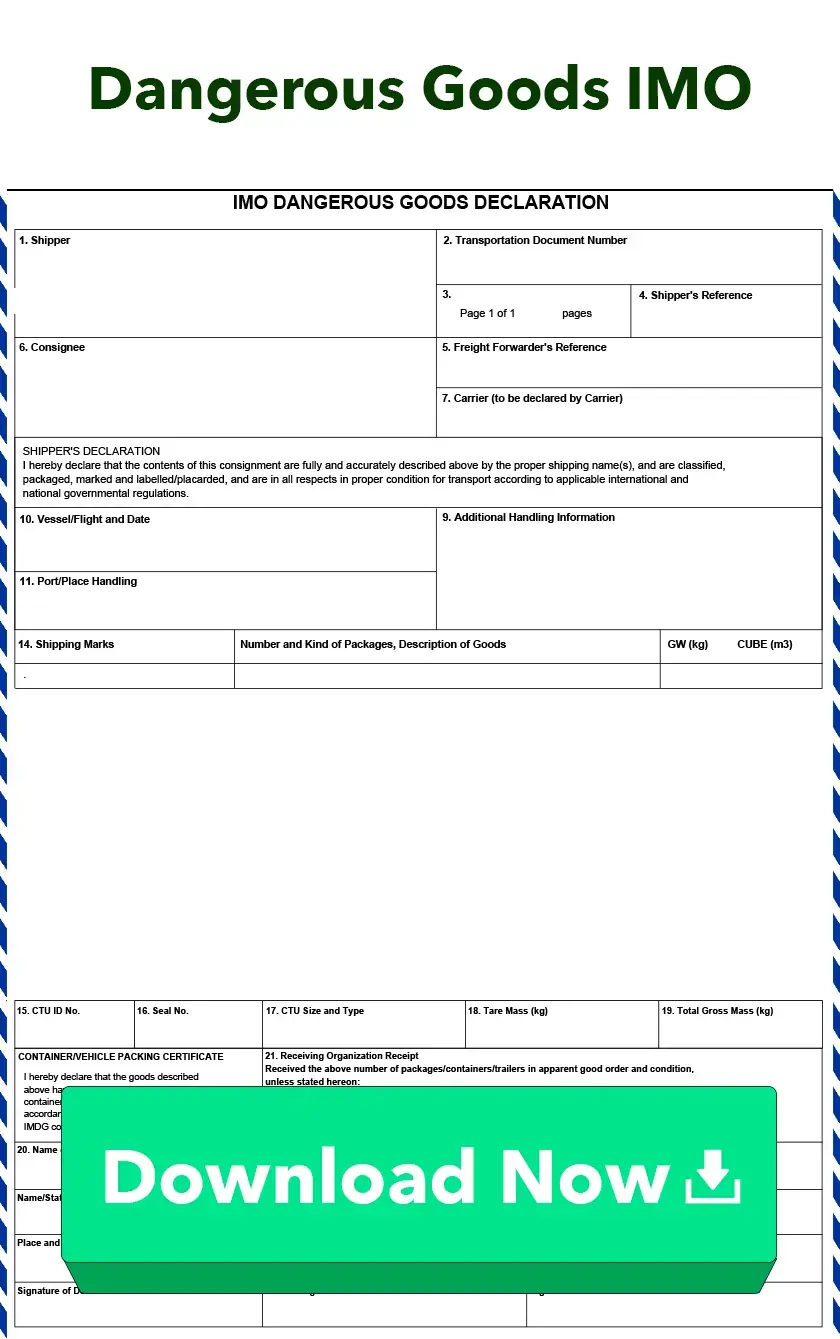
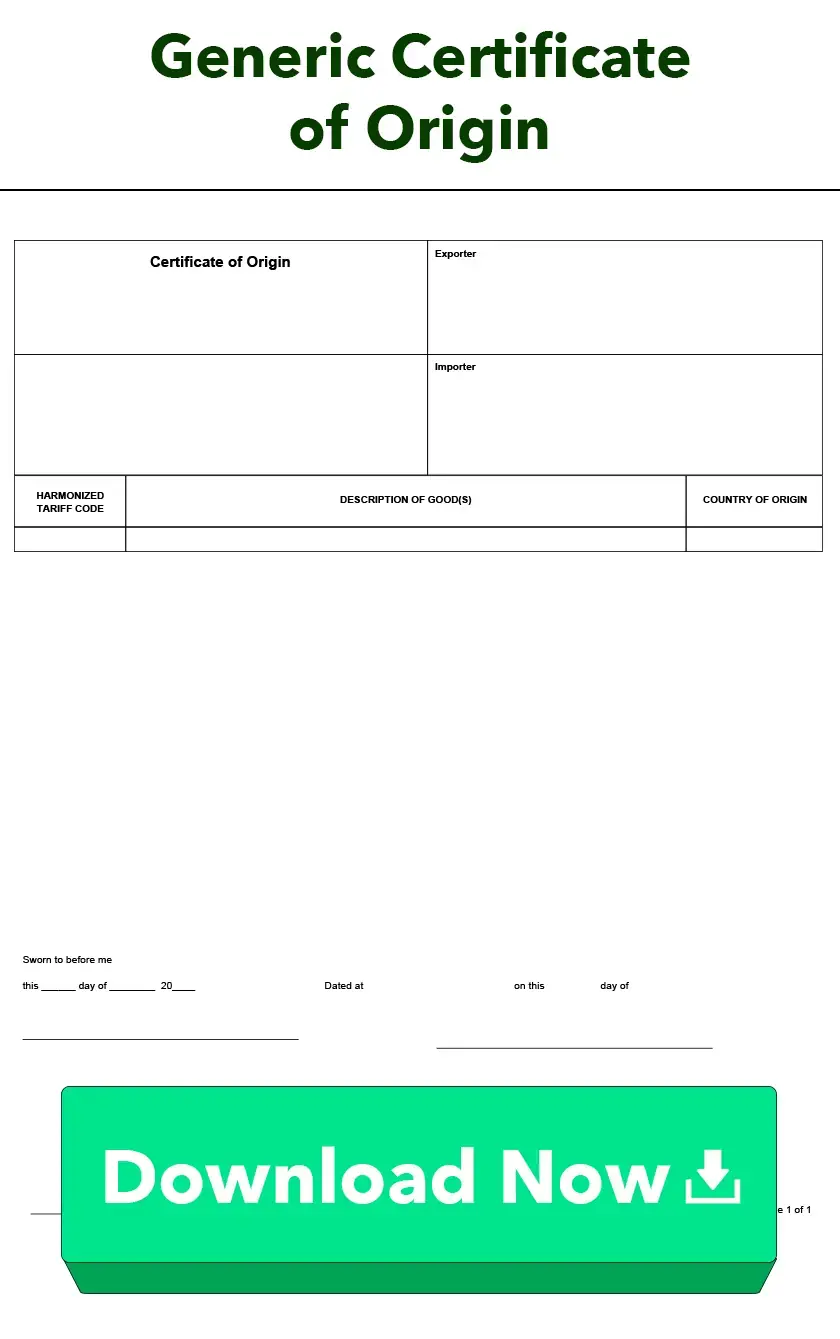
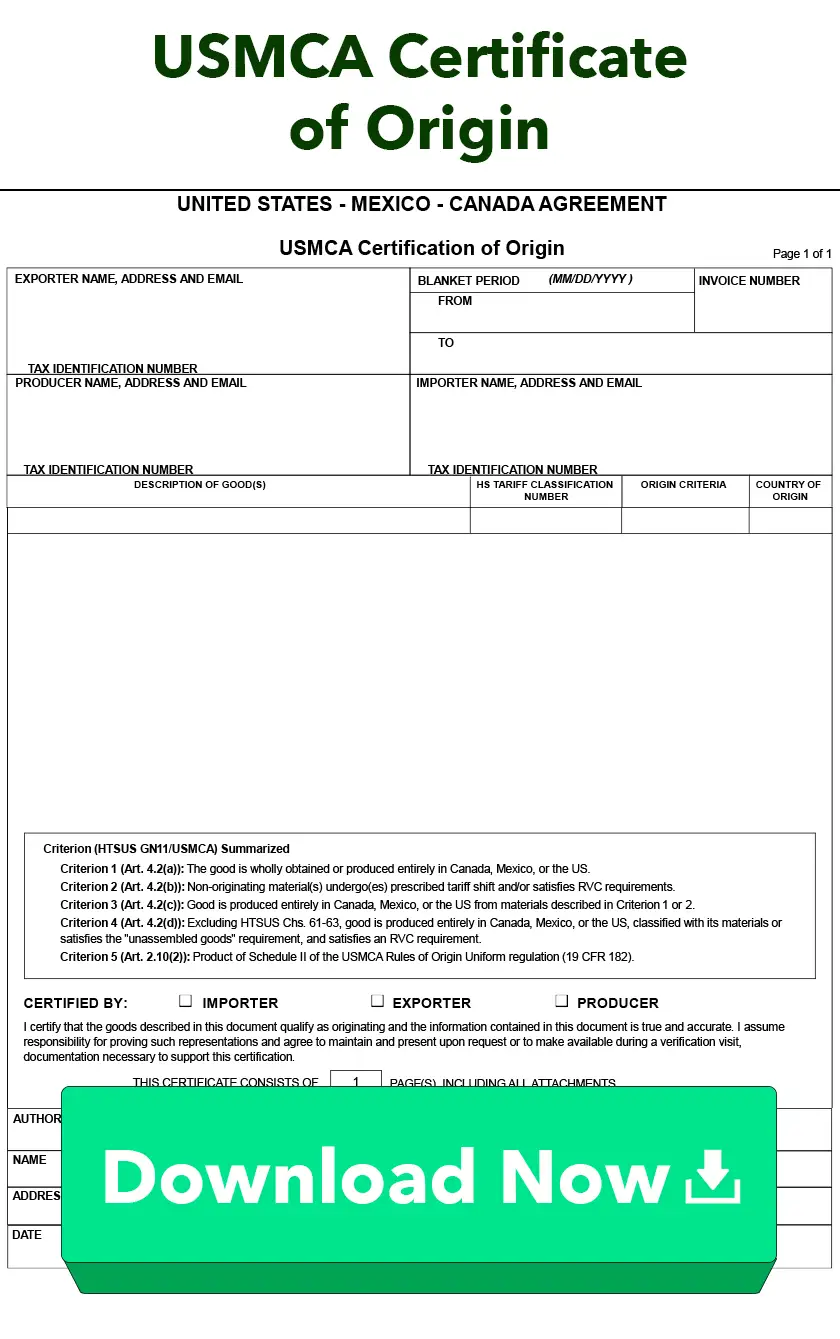
-13_101024.webp)
-14_101024.webp)

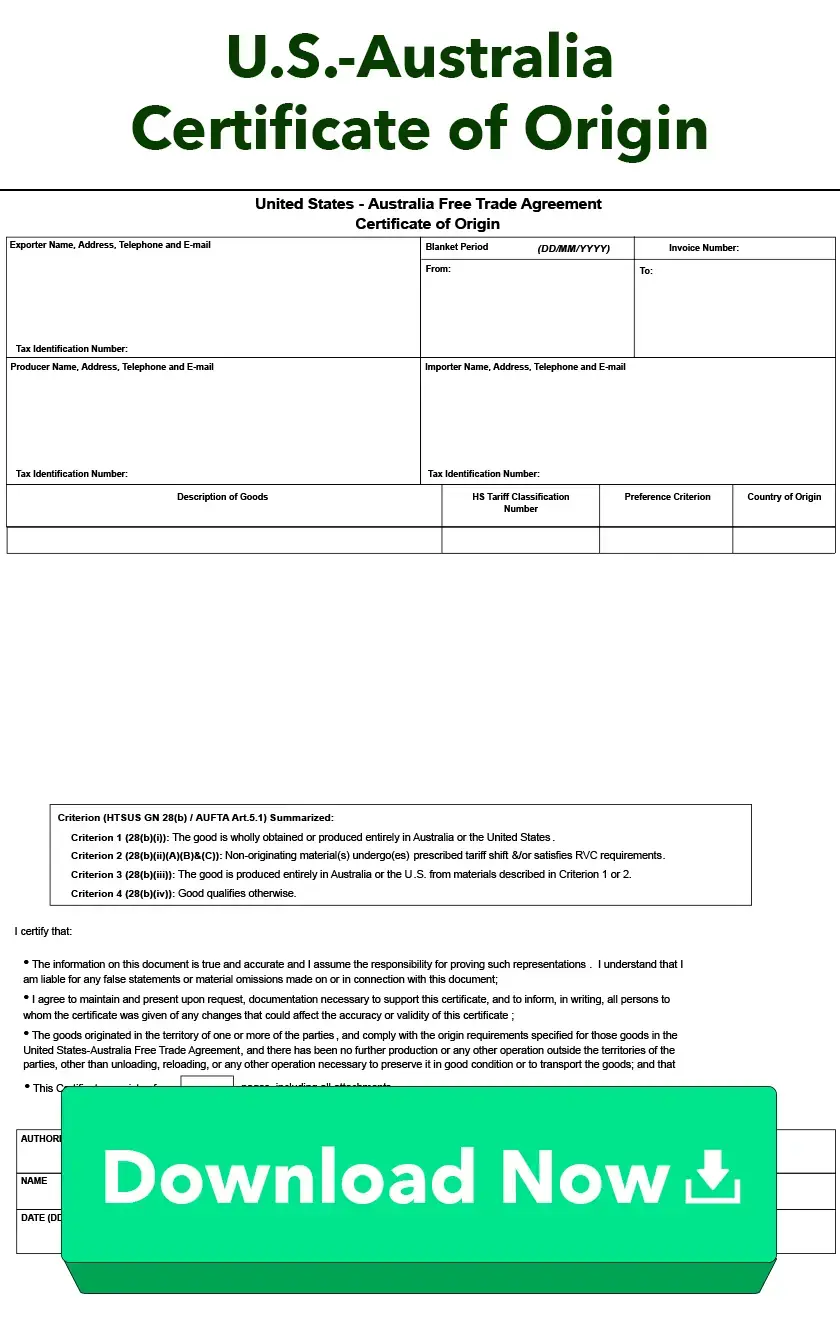
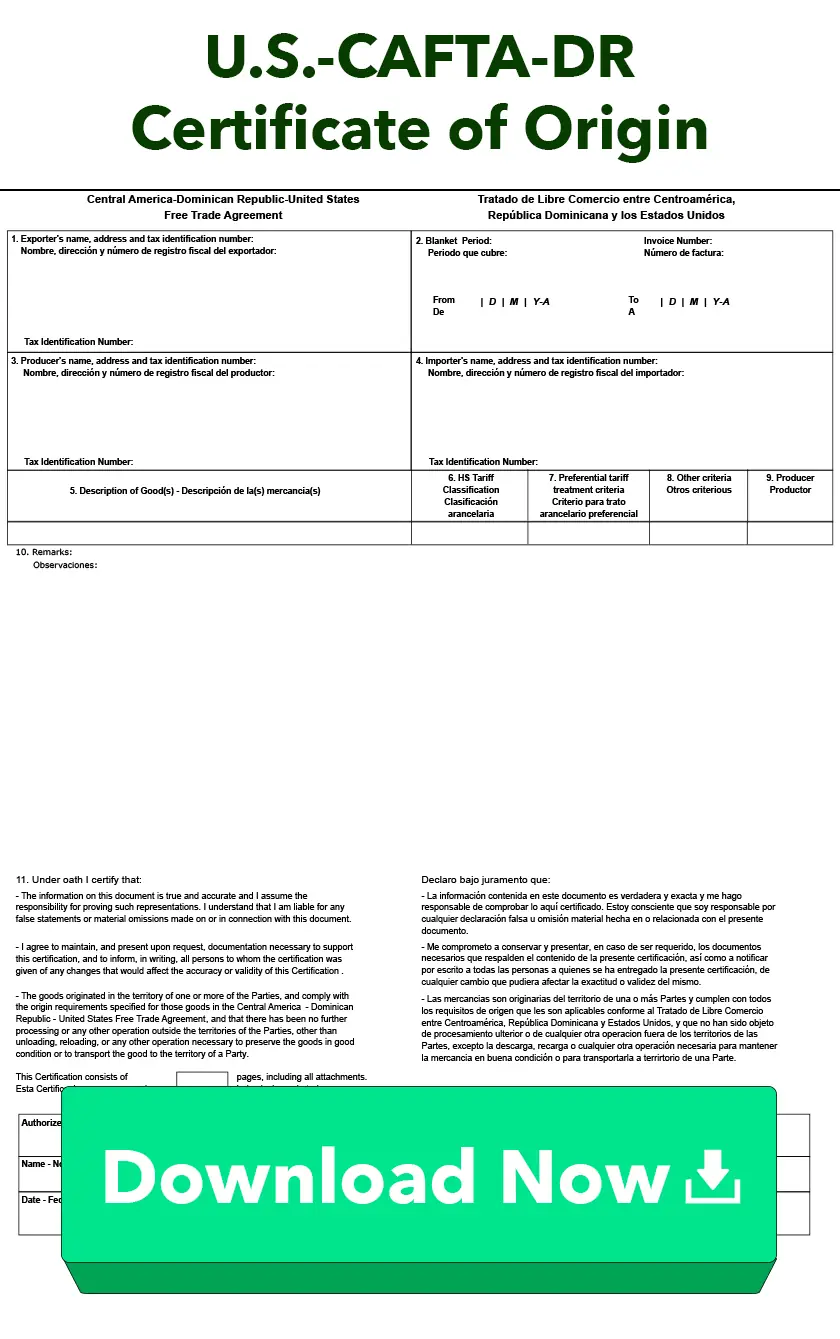
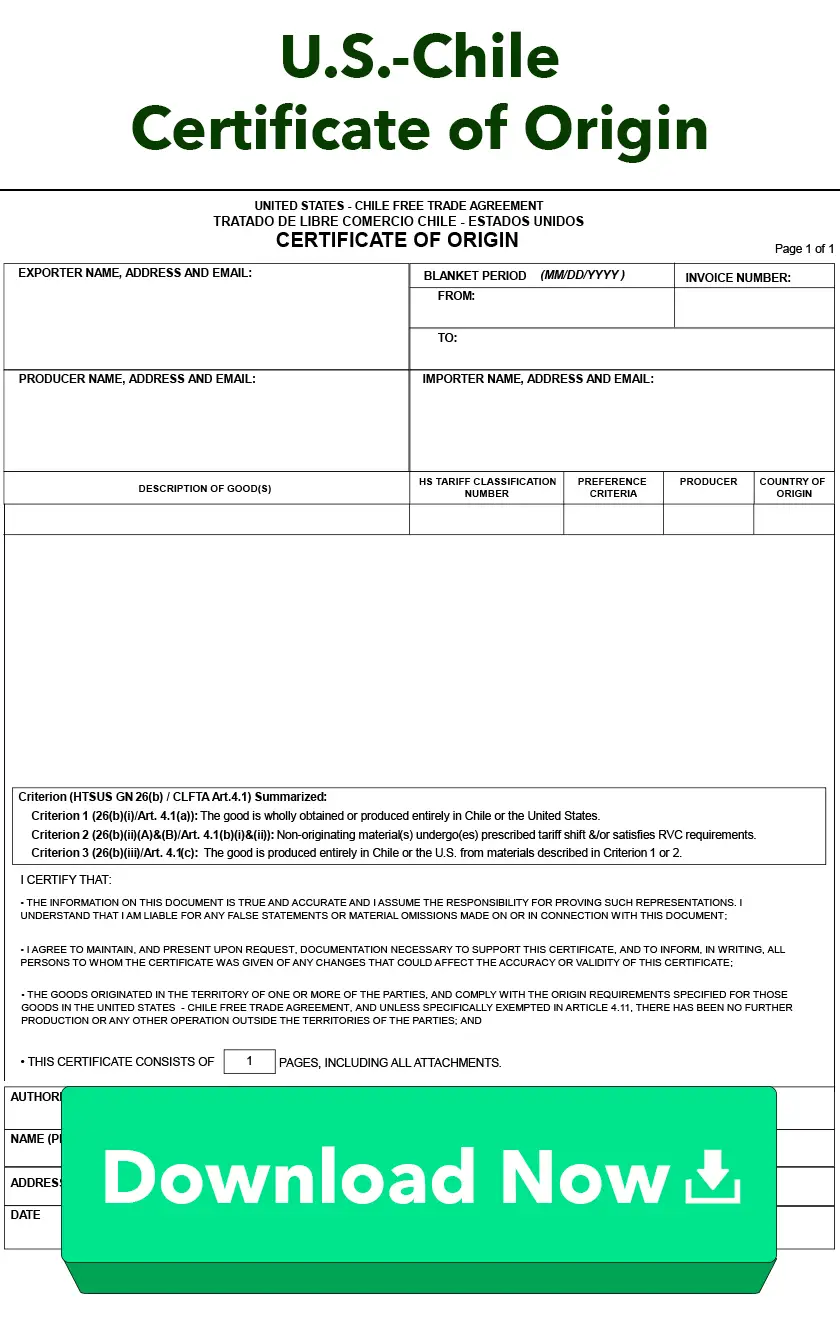
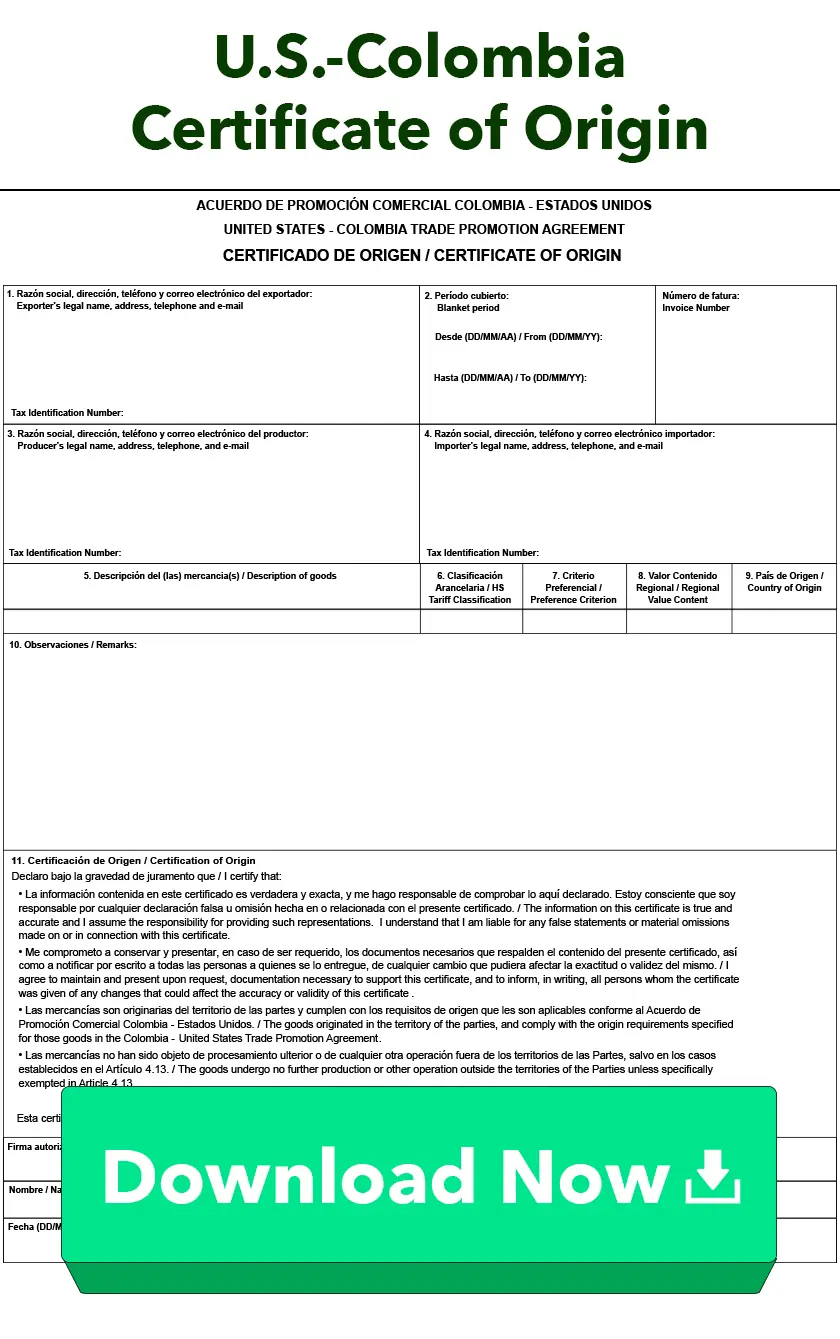
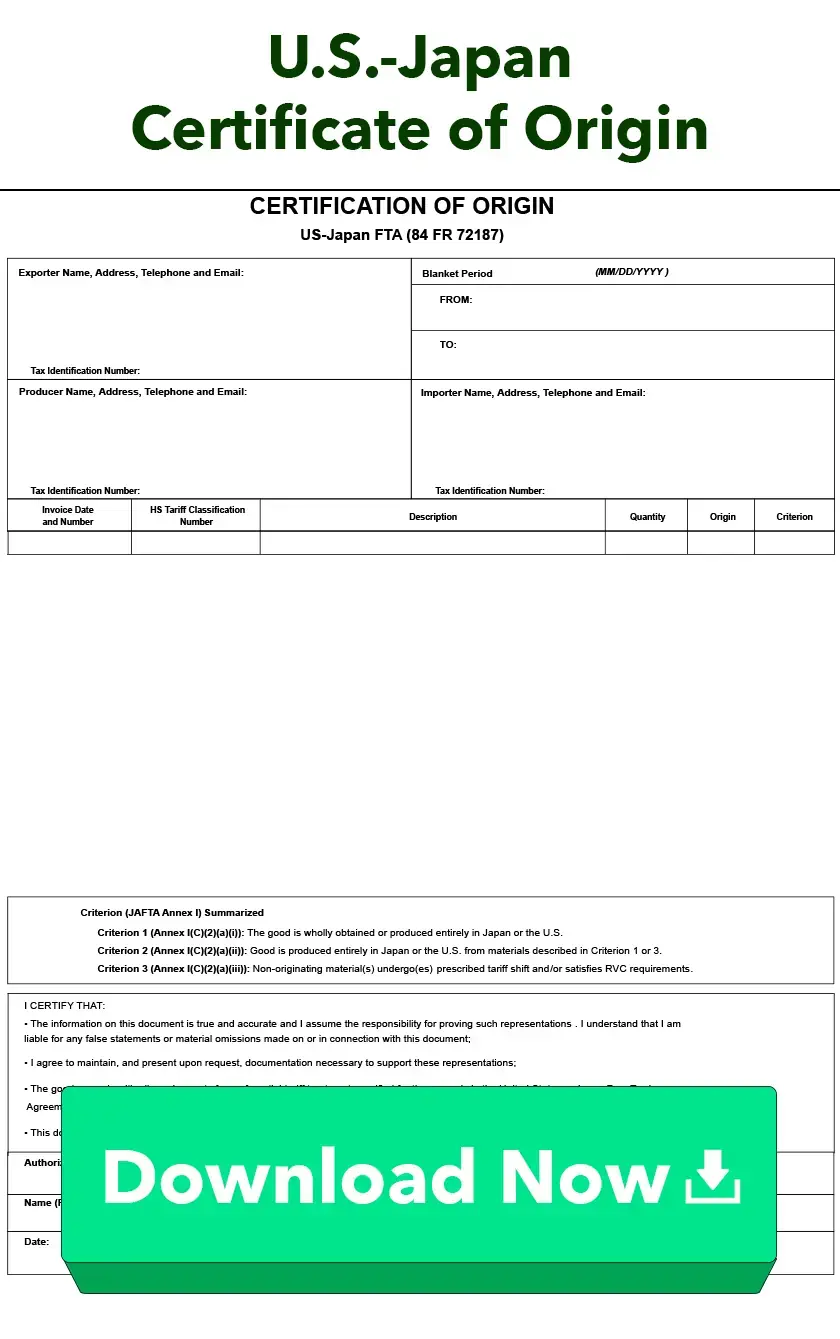
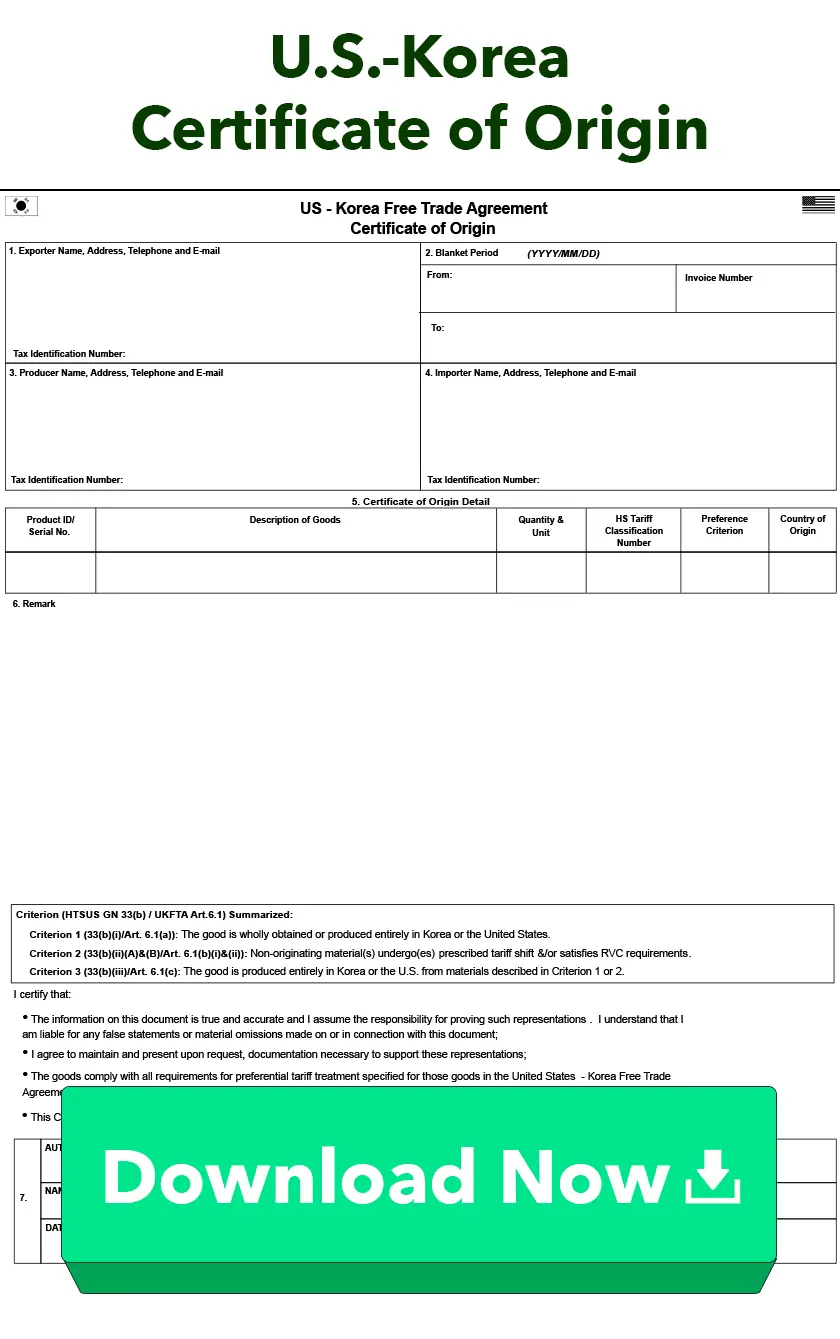
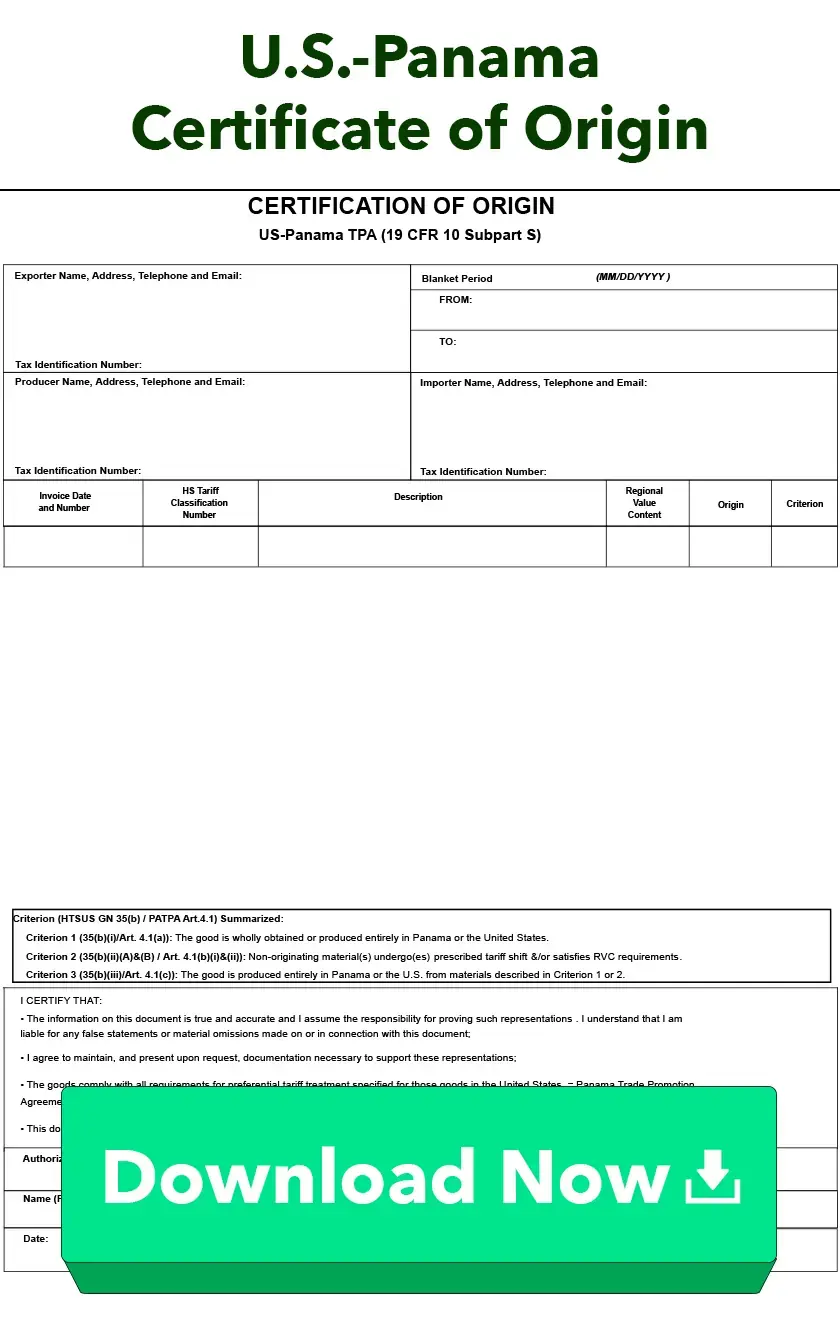
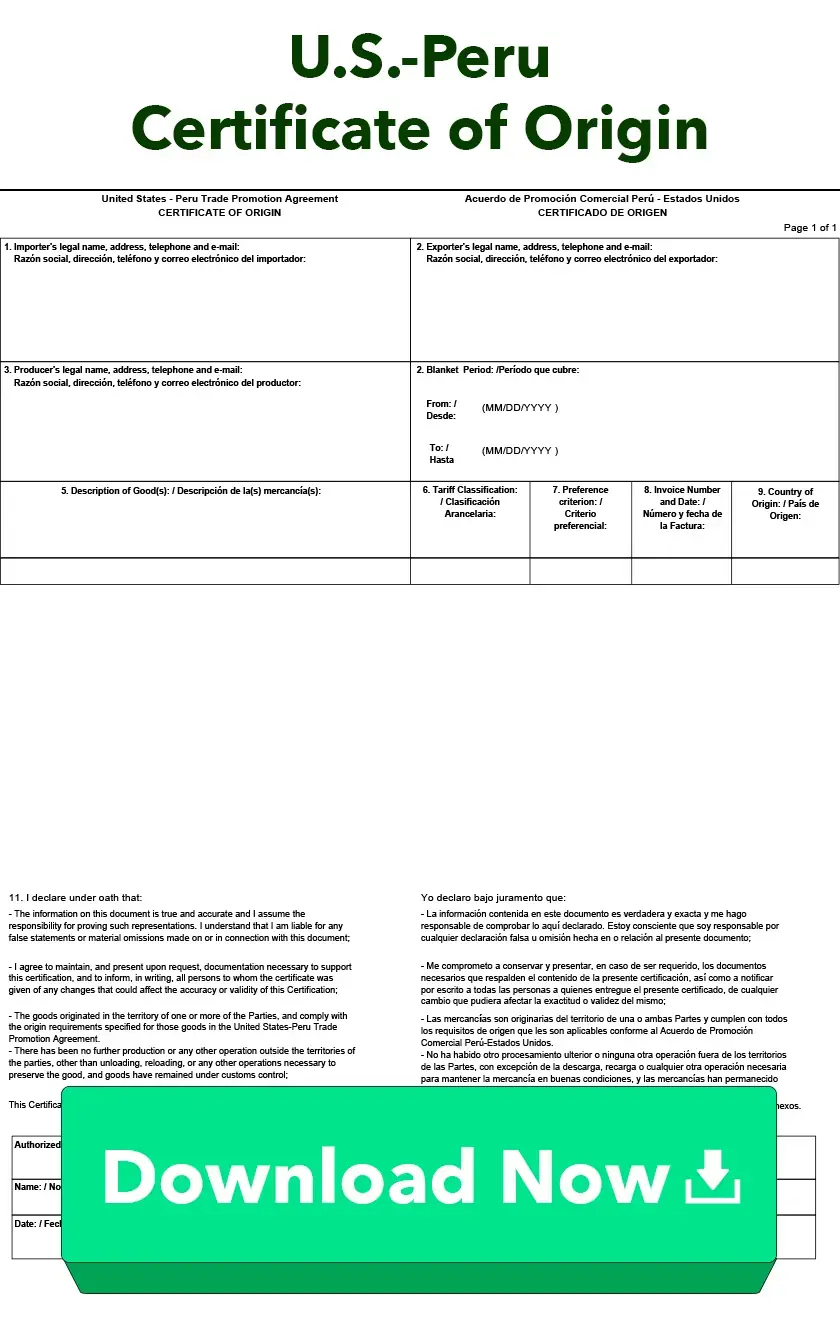
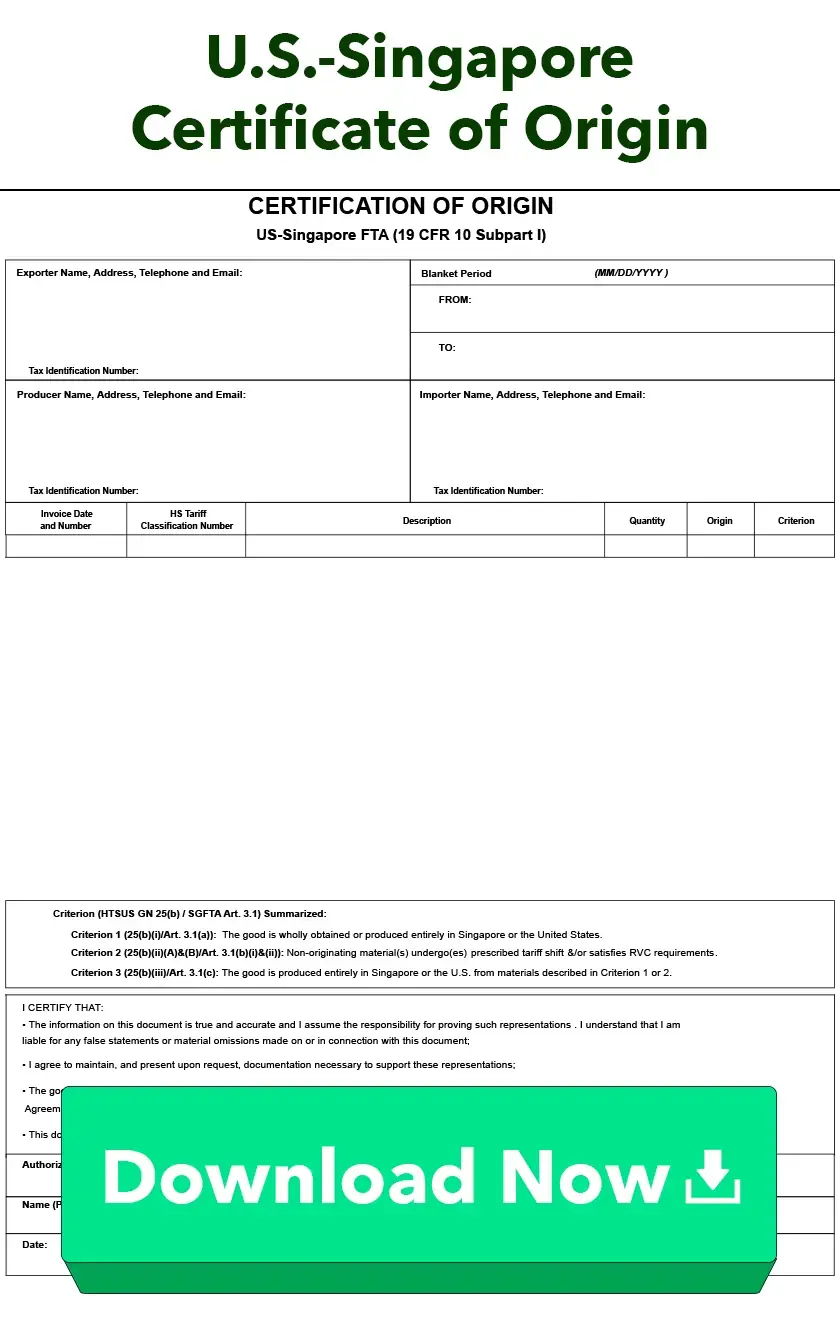
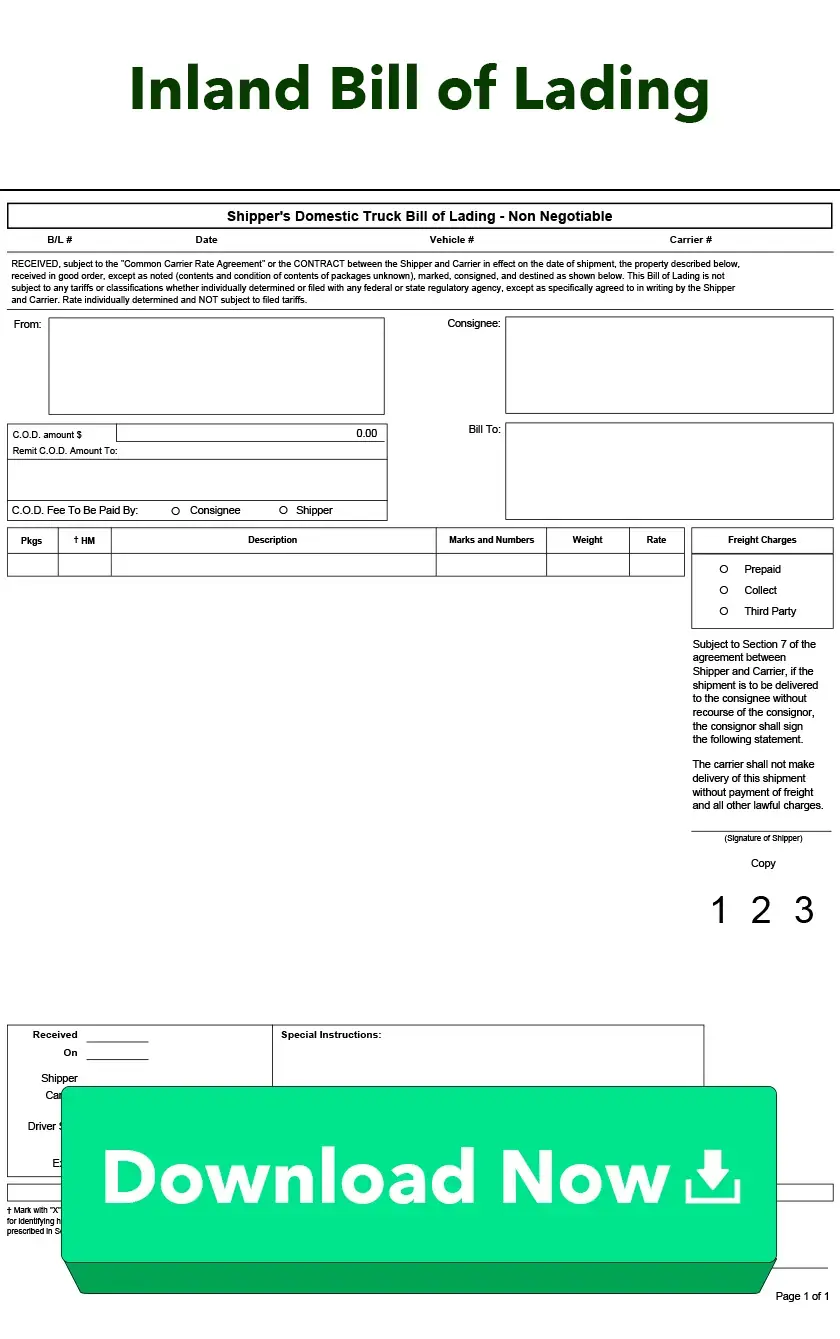
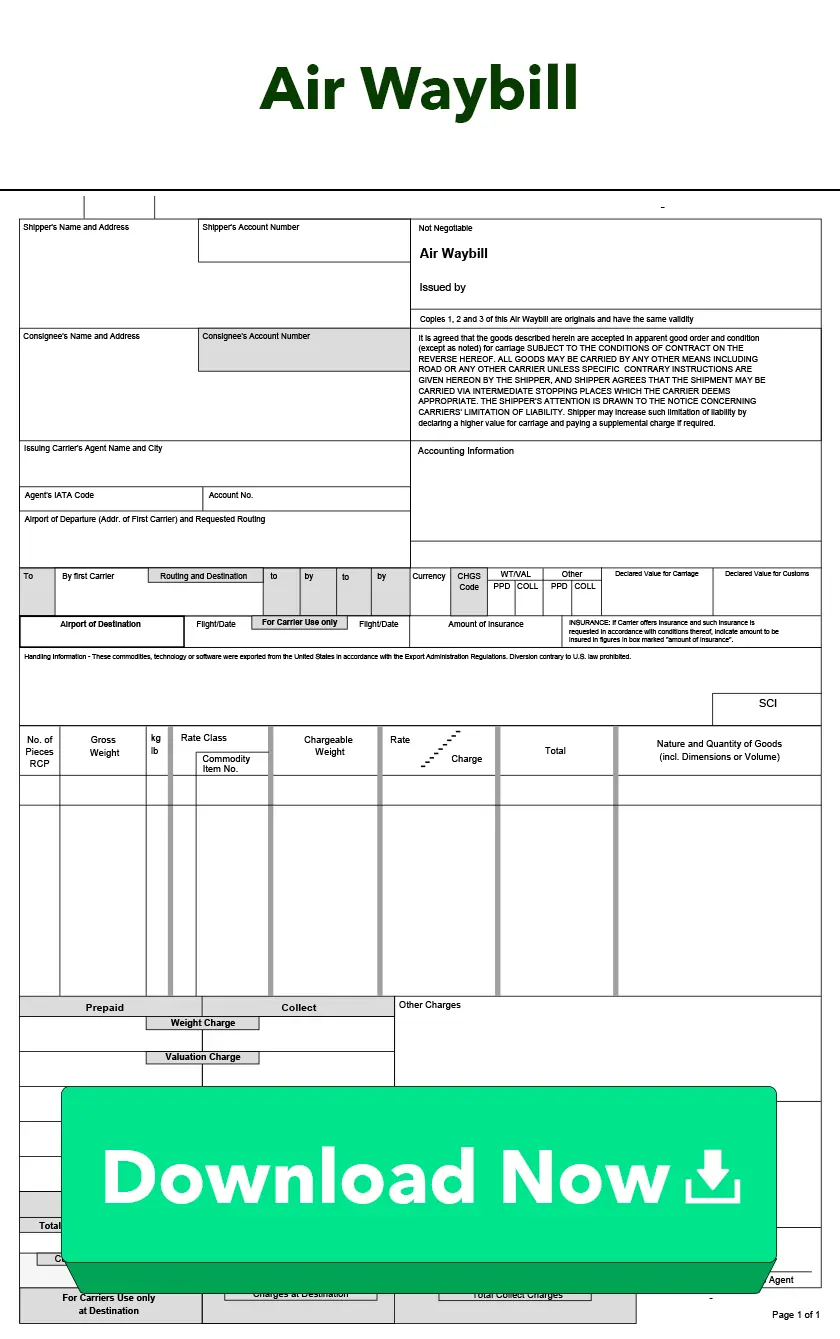
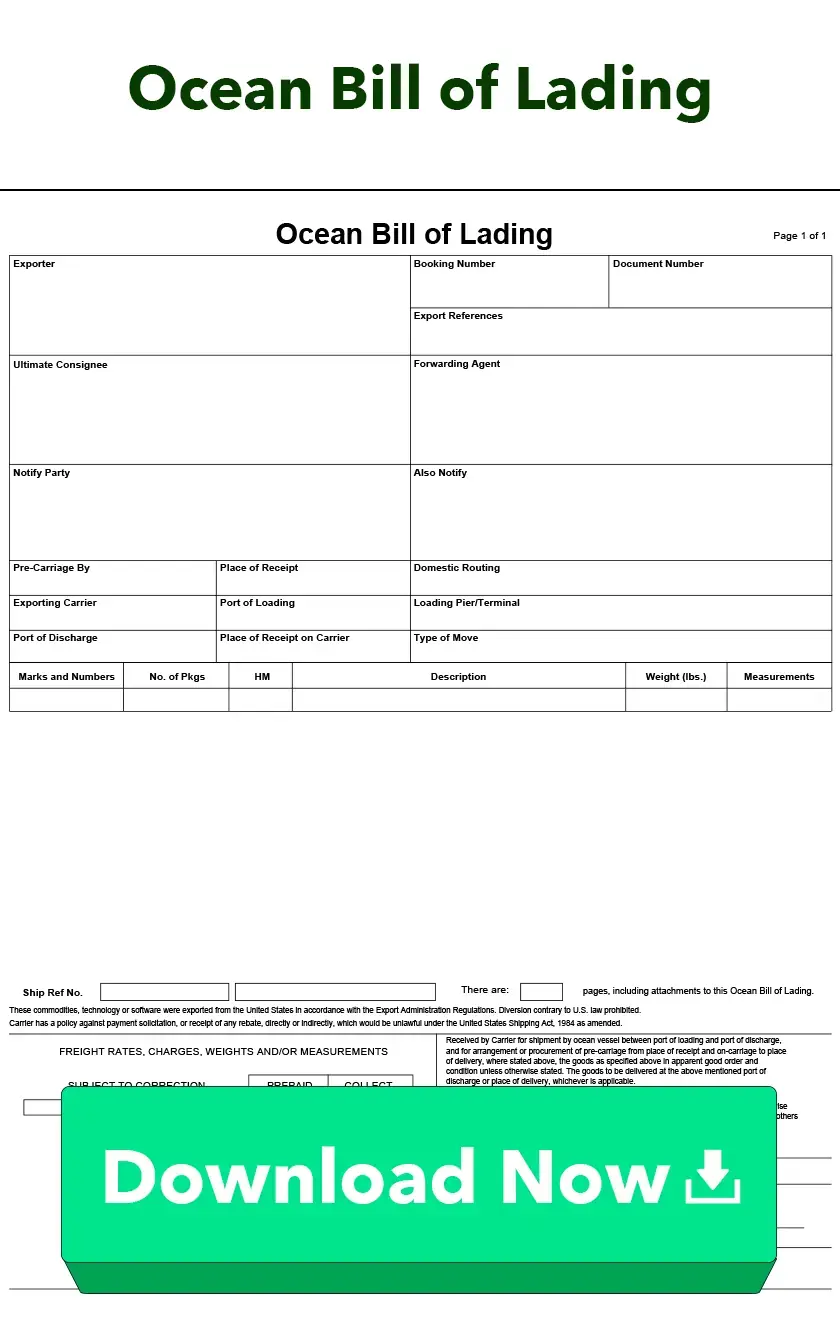
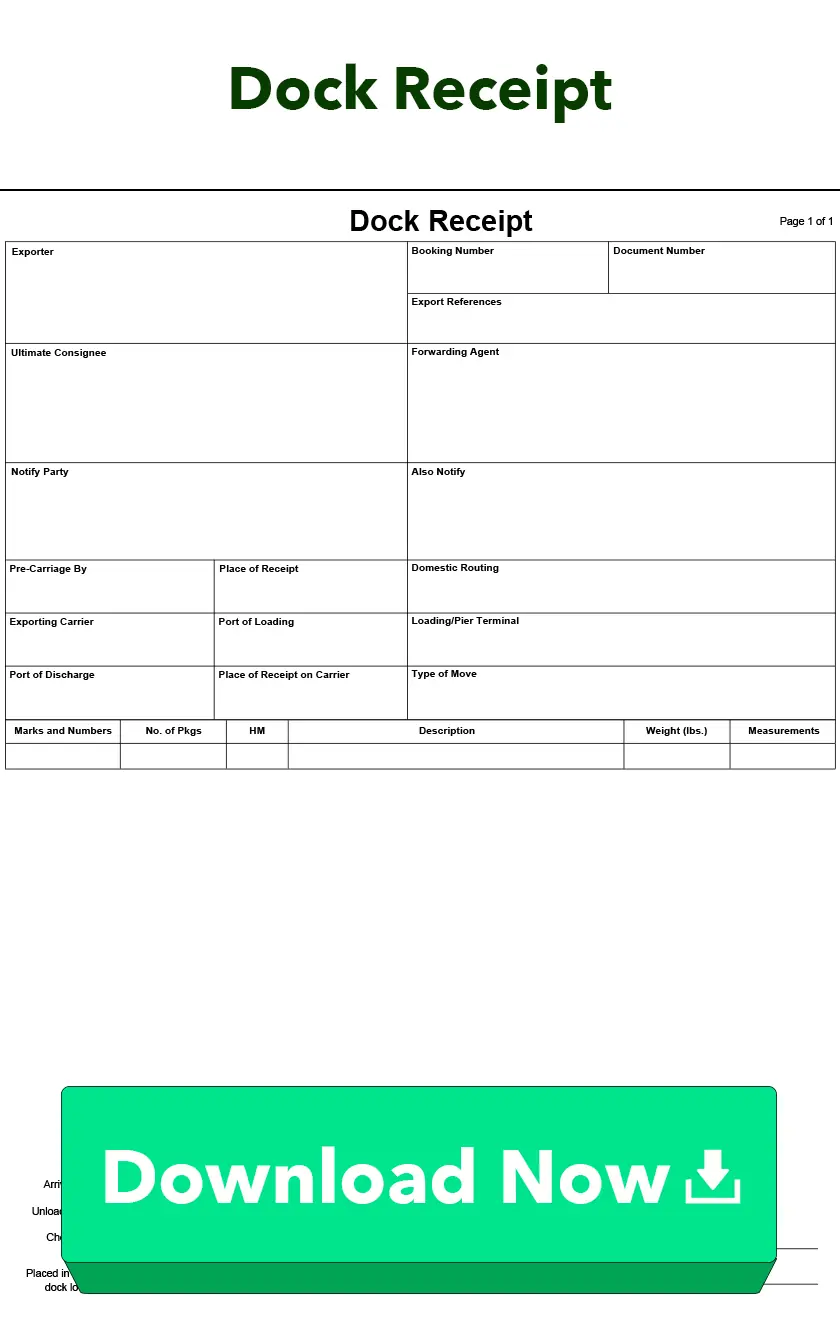
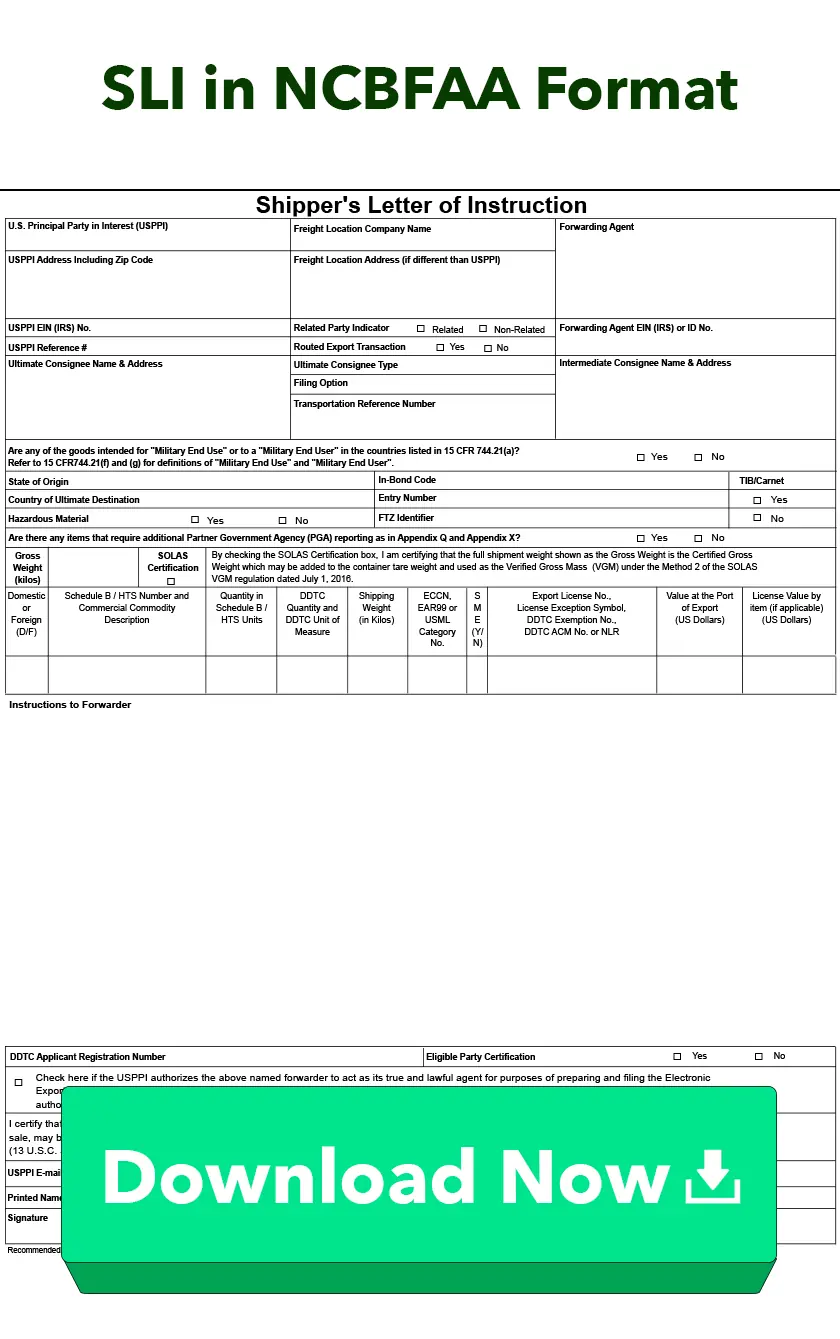
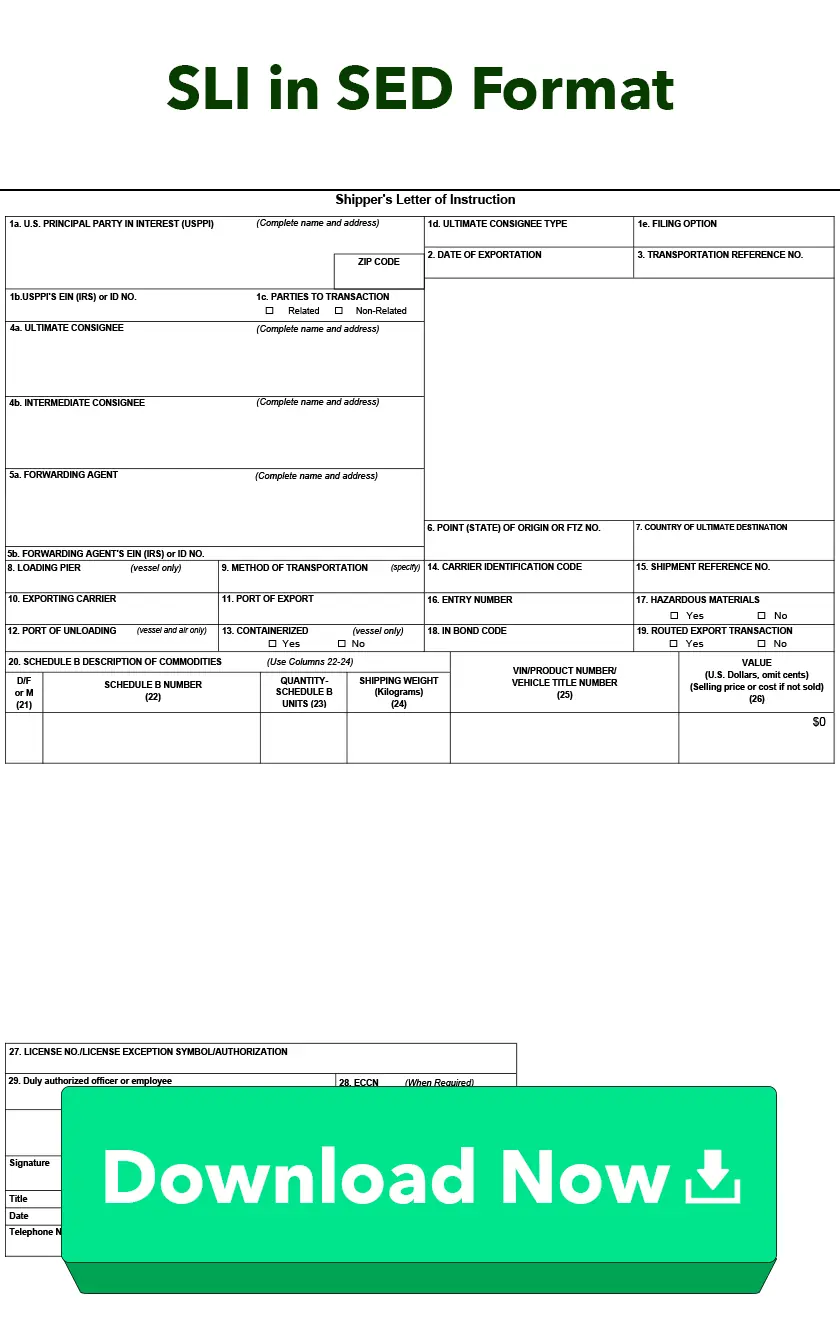
-20_101024.webp)
-24_101024.webp)
-25_101024.webp)
-27_101024.webp)
-28_101024.webp)
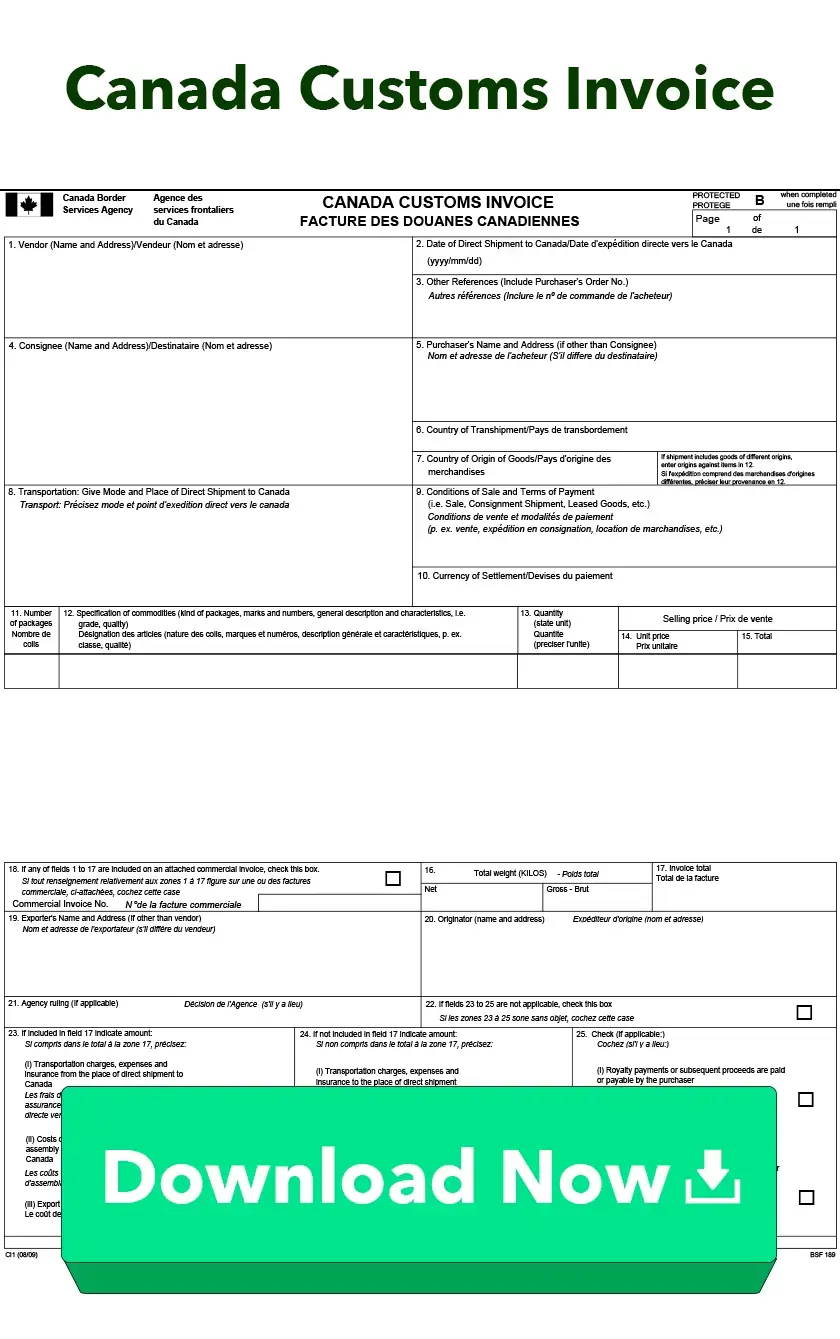
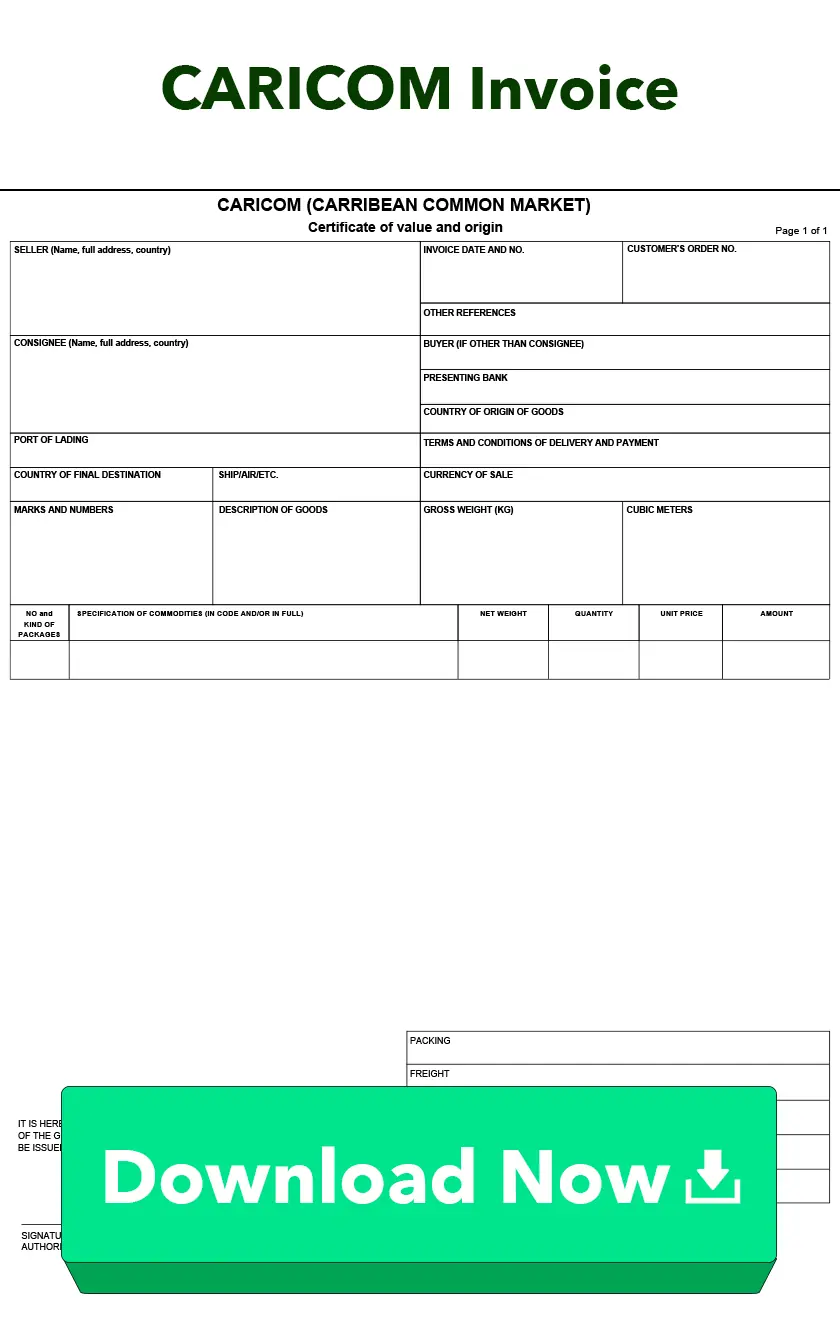
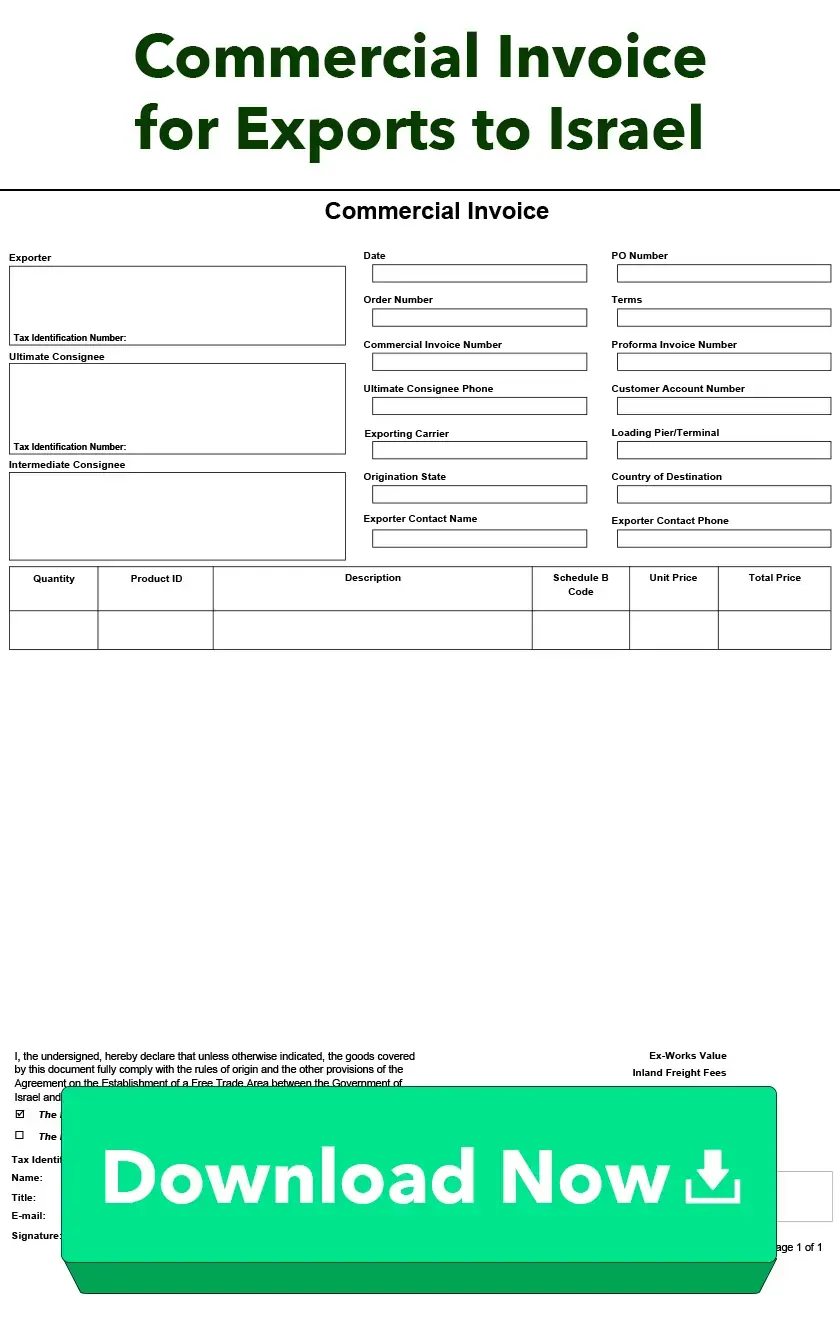
-32_101024.webp)
-33_101024.webp)
